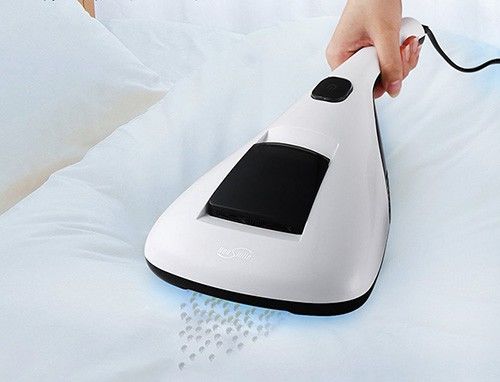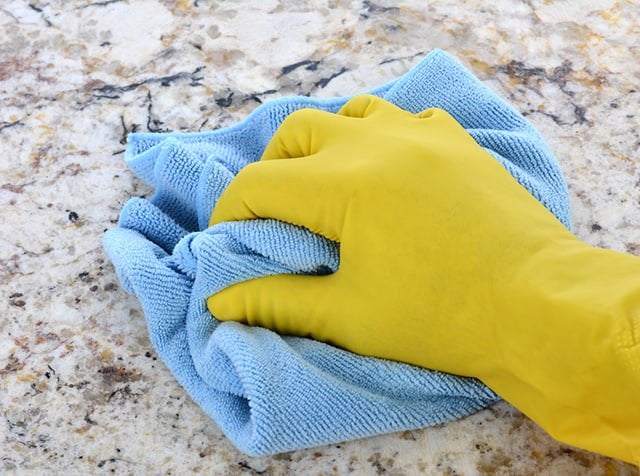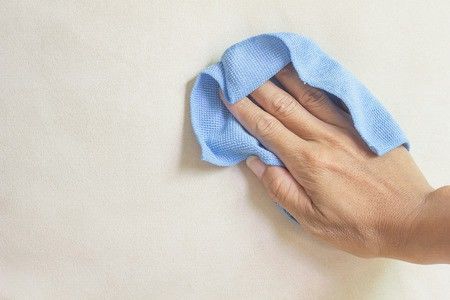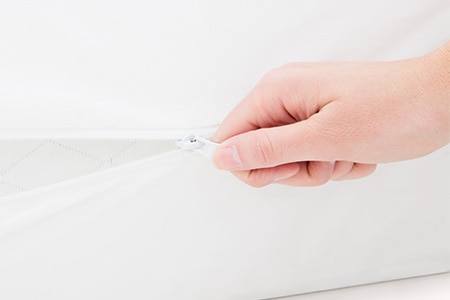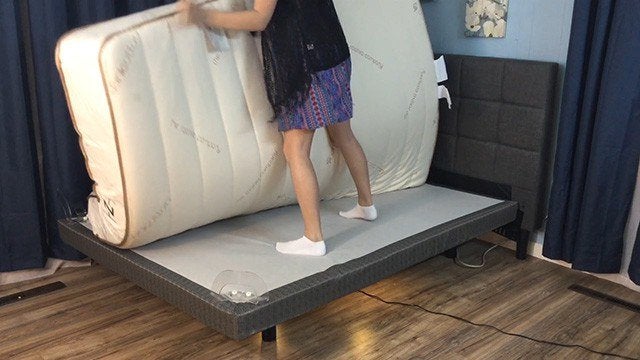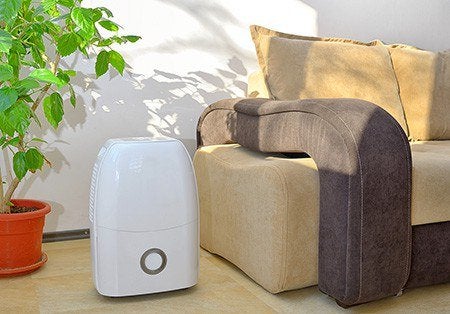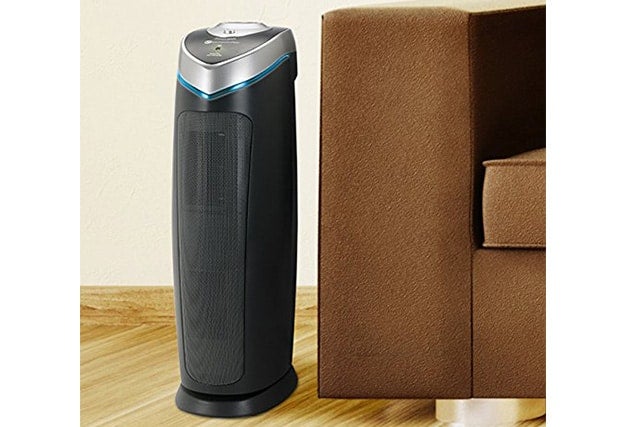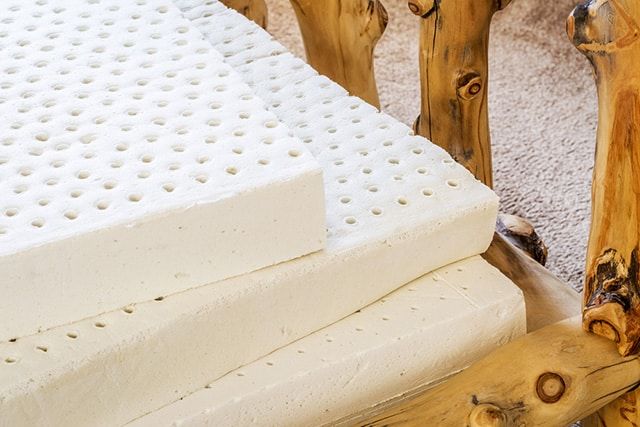Most people purchase a mattress, lay it down on the foundation, and set it to forget it. Did you know there are care instructions for most mattresses to preserve their long term lifespan? Most of them are pretty simple and are sometimes unique to the brand so contact the manufacturer for any questions. If you’ve been noticing a funny smell, experiencing headaches, not sleeping too well for any particular reason, or are seeing funny spots on your mattress you may want to dig a little deeper before the possible problem gets worse.
First, we should identify what mold is, we’ve all heard of it, but mildew is most likely what grows on your mattress – a relative to mold. Mildew grows in a flat pattern and is easily scrubbed off surfaces. Mold is easily identifiable as being “fuzzy” like what you see on old food. It can infest and can become a hazard to your health, like black mold that grows on permanent structures such as basements and attics. In serious infestations, mold can be the culprit.
Identifying the Problem
Mold or Mildew in your mattress won’t be visually noticeable at first, especially you don’t have a tendency to overlook your mattress in between bedding changes or if you always have a mattress cover on it. However, there are other signs.
Protip: these signs are also associated with mold growth in your home too.
Smell:
Spores will have a persistent, pungent smell. You may not associate it with being apart of your mattress right away, but it will be consistent. When you’ve exhausted all your possible sources, make sure you’re looking at the unobvious ones.
Health Problems:
You’re in bed for (hopefully) eight hours a night. That is a large chunk of your day to be constantly exposed to a health hazard. And while most of the time you will recover from spore exposure, the length of the exposure and the intensity of the type of mold could cause concerns to your health. Exposure will usually appear as an allergy: headaches, itchy eyes, congestion, and exhaustion. Unlike an allergy, one who is suffering from mold or mildew exposure will feel better when they leave the infected area – going to work, the store, or simply another part of the house.
Appearance:
When it finally reveals itself, you’ll know. It’ll be unlike any other stain or marking on your mattress. It will be growing in the darker areas where your mattress sees the least amount of light. If you’re unsure, there are experts you can hire or home test kits you can take advantage of.
When You Find It
Cleaning it can be as simple as a household cleaner and some good old fashioned elbow grease. But always be advised to check with the manufacturer for cleaning tactics so you don’t void your warranty. After you’ve checked with your manufacturer and you’re ready to get started, put your mattress in an area where it will be well ventilated and also will be touched by sunlight. Mold grows in dark, damp, warm places – so to combat the growth you’ll want the environment of it’s the exact opposite preferential growing environment.
Steps to Clean
Step 1
Vacuum the surface of your mattress. Immediately after making sure to clean your vacuum cleaner thoroughly to avoid spreading the spores.
Step 2
Mix a 1:1 ratio of warm water and rubbing alcohol, dip a cloth into the mixture, wring it out, and scrub the surface of the mattress in a circular pattern. Because all spores are not visible, make certain to scrub well outside the visible area of spores.
Step 3
Wipe the surface clean with a warm wet cloth. Make sure to not soak the surface, this just adds to the warm, damp environment mold thrives in!
Step 4
You’ll now want to spray a disinfectant to the entire surface of the mattress. Make sure it’s suitable for the fabric, and won’t void your warranty.
Step 5
Place your mattress in a dry, sunlit, well-ventilated area. Sun is mold’s worst enemy.
Preventing It
Mold and Mildew like dark, damp spots. Here’s how to prevent the perfect mold environment:
Prevent 1
Keep your mattress as dry as possible. All of that moisture that is wicked away by cooling technology has to go somewhere.
- Use a breathable mattress cover
- change the sheets often
- don’t ever lie down out of the shower or the pool
- Dry your hair before lying down
- keep all damp towels and clothes off the mattress.
Check our Simple Guide: How to Store a Mattress through this link.
Prevent 2
As breathable as mattresses claim to be, all of that compressed material isn’t necessarily the best for air flow.
- Flip and rotate the mattress regularly
- Let the mattress air out occasionally, standing up, with no bedding if possible.
- Keep the airflow going, even when you’re away – fans and air conditioning can do wonders for circulation.
- Slatted foundations allow airflow from the bottom of the mattress – make certain this foundation type won’t void the warranty before use.
Prevent 3
Use a dehumidifier to pull moisture out of the air. Read more at Good Air Geeks.
Prevent 4
Use an air purifier to make certain the air is clean
Prevent 5
Try a mold-resistant material mattress like Latex.
In The End
The perfect environment can grow spores just about anywhere, you can be the cleanest person and still have an issue. Even a consistent humid environment can cause problems, this you certainly don’t have much control over. It’s important to stay vigilant and take preventative measures instead of reactive. Sometimes, if caught too late in the growth process, you’ll be out treatment fees and end up having to buy a whole new mattress.
- Keep your bedroom and mattress dry
- Keep it well ventilated
- And let the sun treat spores for you by airing it out every once in a while
- Keep your bedding cleaned and changed often
- Invest in an appropriate mattress cover, that breathes and protects
Do your research for the best time of mattress for you and the environment you live in, as well as the consistent conditions of your bedroom. Memory foam can have issues straight from the factory, whereas adjustable airbeds can create a problem over time. There’s no perfect mattress and no perfect environment, but knowing the care instructions can create a healthy environment for you… and your mattress.


